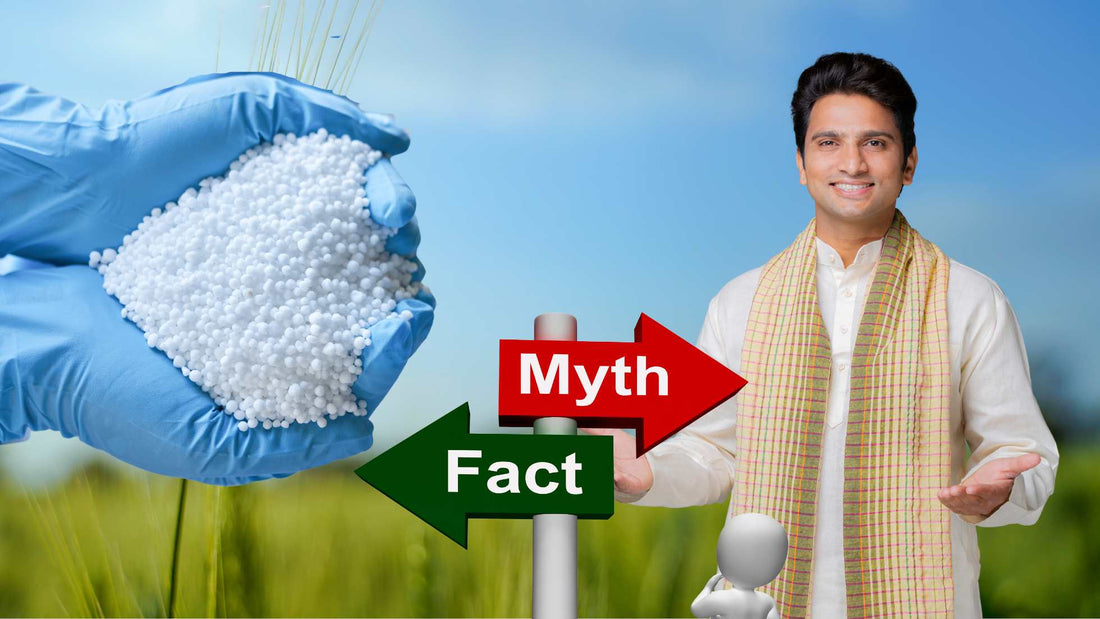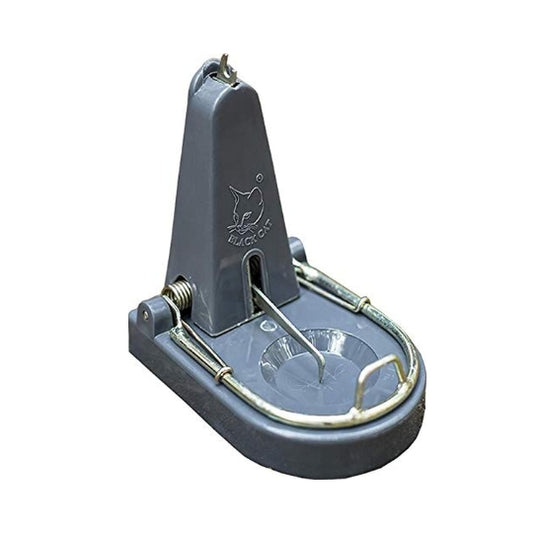
Urea: Myths, Facts, and Responsible Use for Farmers
Share
Urea, a widely used nitrogen fertilizer, is a double-edged sword in agriculture. It offers a concentrated source of nitrogen, but misconceptions and overuse can lead to unintended consequences for soil health, crop yields, and the environment. Let's debunk common myths, understand the realities, and outline how farmers can optimize urea's benefits while minimizing its drawbacks.
Myth 1: Urea is a purely inorganic fertilizer
- Fact: While urea is synthetically produced, its chemical formula (NH2CONH2) contains carbon, classifying it as an organic compound. However, it’s not considered natural and, therefore, isn't suitable for organic farming.
Myth 2: Urea directly destroys soil quality
- Fact: Urea itself doesn't increase salinity or cause direct soil degradation. However, over-application can create problems. Excess nitrogen can lead to lush growth that attracts pests, while nutrient imbalances affect plant health and soil biology over time.
Myth 3: Urea is the cheapest fertilizer
- Fact: The price of urea is heavily subsidized by governments. This masks the true cost of production and transport, often leading to overuse because it appears deceptively cheap. The environmental and long-term costs to soil health aren't reflected in the price tag.
Myth 4: Urea is the ultimate solution for all nitrogen needs
- Fact: Different crops have varying preferences for nitrogen sources. Urea is a valuable tool, but it's not a one-size-fits-all solution. Soil testing and understanding crop needs are essential for choosing the most appropriate fertilizer type.
How Urea Works
Urea breaks down in the soil into ammonia and carbon dioxide. Ammonia is taken up by plants as a nitrogen source, while carbon dioxide is released into the atmosphere.
Maximizing Urea's Benefits
- Targeted application: Apply urea only when soil testing confirms a nitrogen deficiency.
- Balanced fertilization: Combine urea with other fertilizers to address phosphorus, potassium, and micronutrient needs.
- Incorporation: Lightly incorporate urea into the soil or irrigate after application to reduce volatilization losses.
- Soil health focus: Maintain good soil organic matter to improve long-term nutrient cycling and mitigate the overuse of any one fertilizer.
The Hidden Cost: Public Funding of Urea
The heavy subsidization of urea means the general public bears a substantial share of its true cost. This system needs careful consideration, as it artificially lowers the price, potentially encouraging overuse and masking the environmental impact of urea production and transport.
The Way Forward
Farmers need to move away from the idea of urea as an inexpensive cure-all for crop growth issues. Responsible urea use involves:
- Understanding soil needs: Regular soil testing is key to informed fertilizer decisions.
- Embracing integrated nutrient management: View urea as one tool within a broader system to maintain healthy, productive soils.
- Prioritizing long-term thinking: Promote practices that build soil organic matter, reducing reliance on synthetic fertilizers over time.
By understanding the true nature of urea and adopting a balanced approach, farmers can maximize its benefits while protecting their soils and the environment. It's also important to raise awareness about the public funding of urea to promote more sustainable farming practices for the future.










